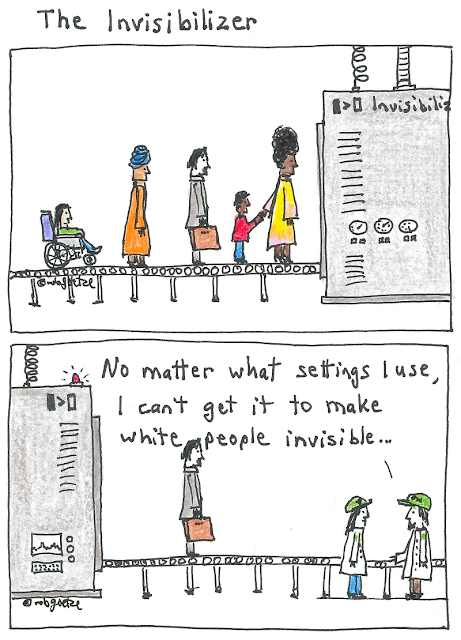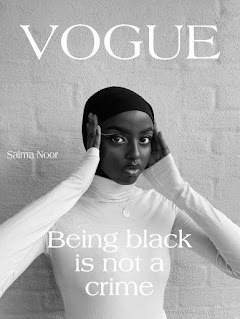Sometimes organizations make bold statements in their mission, vision and value statements (and the like). But what do such statements mean? How are they realized (real-alized; made real)?
I offer this as one example of how one can respectfully ask about such statements, in a way that promotes accountability, provokes thinking, and encourages movement forward.
Last summer I wrote to our parish priest about a statement that was sent out in a key document. Here's my side of the email:
I have a question for the leadership regarding the following value from the mission action plan document that was sent out:
Welcoming and Open to All
We will live Christ’s words: “Love your neighbor as yourself.” We will be a welcoming parish family. We love and celebrate all people regardless of age, culture, sexuality, or socio-economic status.
I’m wondering in particular what the last sentence means. Does it mean that we at our church generally celebrate all people without regard or attention to any of these things, even those things like race, culture or sexuality which are unique and something to be specifically celebrated? Kind of like being “colour-blind” where we celebrate all people regardless of their colour but in fact we ignore their colour and their ethnic / racial uniqueness and what they bring to the table and how the community is enriched by them?
Or will we actually celebrate people for who they specifically are, including race, culture and sexuality? Kinda like the way the LGBTQ2S+ community is acknowledged and celebrated particularly in June here in Edmonton, or the way we in our church region are beginning to recognize and celebrate indigenous peoples?
Related to this: two Sundays ago two women were sitting in the row in front of us. Based on their affection and physical contact, I would assume they are a couple and I wondered, how did they know this would be a safe place to be themselves? It's not a reasonable assumption to make about churches, and the public face of our church does not indicate that LGBTQ2S+ people would be welcome. Did they speak to one of the clergy in advance? Do they know someone who attends here? Were they just taking a chance on us and lucked out? I don't know.
Further related to this: P, you preached about a prophetic imagination. How might we imagine a church where all people are truly embraced and seen as an integral and needed part of the body? A church where none are shamed? A church which makes it obvious that people walking in will be loved and embraced? A church that shines its light on a hill instead of hiding it under a bushel?
Warm regards,
Rob
Note: I received a very positive response from our priest, who said that the leadership was discussing this and moving forward to look at specific ways of implementing.



















